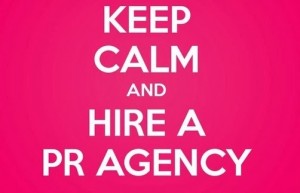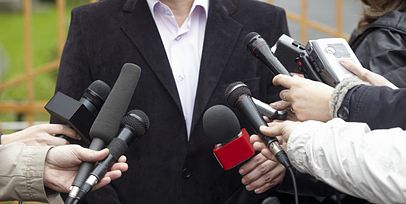
At the holidays, most people take time to reflect on the last 365 days, but this year, I looked back on my entire career. I’ve only been doing this for seven years, but in that time, the marketing and communications fields have changed at a lightning pace. In 2006, I was schooled in traditional PR and I worked on a mammoth-sized PC that took up my entire desk space. Facebook was merely a way to keep in touch with college friends and Twitter didn’t exist. In those early years, I remember initial discussions with my team about whether we should count blog posts as media hits.
Oh, how the times have changed.
It’s been fun to be a part of the rapid pace of change, but it can be a challenge to keep up. That’s why, in order to continue to drive success for our clients, I’ve identified the top digital marketing communications trends of 2014.
Social media becoming pay-for-play: Facebook has changed its news feed algorithm, which means it’s harder for brands to achieve organic reach. We’d seen it anecdotally here at (W)right On as we monitor and report on our clients’ Facebook page metrics. In early December, our suspicions were validated in this Ad Age article: “Facebook is being more blunt about the fact that marketers are going to have to pay for reach.”
We should also keep in mind that Twitter went public in 2013 and is expected to be profitable for investors. Right now, there is no “algorithm” that shuts down organic content, but we should keep an eye out for changes in 2014. A pay-for-play at Twitter is a distinct possibility. Agencies should adapt and account for the change in guidance and implementation strategies.
Branded journalism: In 2011, I was doing research for a client on online newsroom best practices, and I discovered Cisco’s award winning brand journalism platform. Since then, more and more companies, like Adobe, GE, and Coca-Cola, have adopted it; and they’re even hiring internal journalists to produce content. Instead of relying on media placements and advertisements, brands are using digital and social tools to speak directly to customers. With all the changes in the traditional and digital media landscape, it makes sense that more brands are adopting a “build it or buy it” strategy to content marketing. I predict that we’ll see even more of this in 2014.
Wearable technology and the Internet of Things: The buzz around wearable tech has been going on for a while, but it’s about to explode. You may own a Nike Fuel Band or a FitBit already, but according to ShotTracker, the market is expected to be eight times larger than it was in 2012. By 2018, it could reach $19 billion.
In 2014, Google Glass will be available for purchase. Glass’ marketing applications and impact on search will be limited at first, but I predict that will change rapidly. One clue: A recently released Glass app, Glashion, enables users to snap clothing and accessories of passers-by and complete a comparison shop. Think about what those possibilities mean for marketers!
Wearable technology is just one aspect of the ‘Internet of Things,’ which are billions of smart, connected “things,” (i.e., machines or devices) that will encompass every aspect of our lives. As a result, huge amounts of user data are being generated. As the Internet of Things becomes more ubiquitous, marketers will need to figure out how to harness that data.
Be sure to check the blog next week for part two of this series where we’ll provide three more top digital marketing trends for 2014.



 Looking at past trends in an evolving industry can be a poor predictor of future trends—whether you’re talking about the stock market or the PR field.
Looking at past trends in an evolving industry can be a poor predictor of future trends—whether you’re talking about the stock market or the PR field.




 Grant Wright
Grant Wright






 Corie Fiebiger
Corie Fiebiger
 Shae Geary
Shae Geary Roman Lukjanenko
Roman Lukjanenko Phelan Riessen
Phelan Riessen Katrina Early
Katrina Early Hamish Marshall
Hamish Marshall